brings bountiful harvest
from which I might heal
my restless soul
For the last couple of years, I have had the most beautiful lavender bushes growing in my garden. From seeds that somehow entered my garden, to about 5 or 6 full bushes, I now have enough lavender to last me a lifetime.
But what to do with all of this lavender?
Lavender is a bit different, in my eyes, from other herbs like rosemary and thyme. Usually, you don't cook with it. Or, I don't cook with it. But lavender makes for an amazing tea.
For many years now, I have added a couple of teaspoons of dried lavender flowers to my teas. In South Africa, we have a local "tea" made from indigenous plants, Rooi bos tea, which literally translates to "red bush". This can be drunk either hot, with some honey and milk, or it can be chilled down and drunk as a chilled beverage. I usually mix it with either berry juice or lemon juice.
But when you add lavender to this tea, something beautiful happens. It becomes a new drink, one that inherently you know (or I know) I made with homegrown herbs. And this is my journey with drying excess harvested lavender for some herbal teas.
It All Begins With Excess
Excess, surplus, more, extra, are all the words usually used to describe some of the bad characteristics of neoliberal capitalism and all of its excess and infinite growth ideas. But these words are not always just bad, because to make things like tea, you need excess of a plant. Because, if you harvest the flowers and leaves, you might not have something left to reproduce for the next year.
Let us not get too philosophical too soon. But the idea behind harvesting for something like tea is that you have some leftovers that you can dry out.
In my case, I always these beautiful flowers blossoming and blooming, yet, I do nothing with them. Until I realise that I can take some of the flowers that I will not use, help the plant grow better by trimming it a bit, and then get these cuttings for tea!
Drying the Lavender
I open the window in my kitchen, letting fresh air in. But here, I also hang the lavender to dry out.
For a couple of weeks now, I have been harvesting lavender periodically, placing these bundles in the window.
Not only did this provide the most delicate but enjoyable smell in the kitchen, it also looked beautiful. The flowers do not lose too much colour, so the window continues to look beautiful.
I have done this drying method for various herbs, from thyme to rosemary.
With the slightest of breezes that go through the window, the smell of these herbs fills the kitchen. It is a beautiful thing really, a poetic smell that reminds me of olden days and simpler times, even though I know this is merely utopian thinking on my part.
Rubbing the Flowers: Handmade Tea
Rubbing any herb between your hands releases the essential oils and coats your hands for a couple of hours if not days. When I work with basil, I can smell them on my fingers for days on end.
When you rub rosemary, thyme, and lavender between the palms of your hands, you get an intense herbal overload that reminds me, at least, of my past. I have always linked the smell of these herbs with my childhood, because I played amongst these herbs and I always smelled of them.
The dried-out flower buds can now be stripped from the stems. Make sure they are really dry, and that no moisture is left. Because they are so dry, the buds will fall from the stems. This releases more of the lavender aroma, and the kitchen will smell lovely.
Throughout the years, I have done this with various lavenders. My family owns a property to which I sometimes go, and here there are also lavender bushes of different kinds. I have dried these out, and for many years I have stored the flower buds. If dried out well, they can last almost indefinitely.
Brewing a Cup
Now is the time to brew a simple cup of tea. It is summer here, so I prefer a cold version with some lemon juice. Lavender and lemon juice go well together.
As noted above, we brew a special tea, Rooibos, in South Africa. This is my go-to tea.
The process is simple. I take a couple of tablespoons of rooibos tea, and a couple of tablespoons of lavender, and I pour boiling water over it in a plunger (coffee maker).
I steep the tea and lavender for a couple of minutes, the longer you leave it the stronger it will get. This is fine with rooibos, but I have found that the longer I leave the lavender, it becomes extremely bitter.
I leave it to steep for about 10 minutes or so.
I pour the warm tea over some ice, and I chill it down. I then add the lemon juice.
Many will claim that there are various benefits to drinking lavender tea. And I am sure there are.
A quick Google search will give one various things, from better sleep, to it being a relaxant, and stress reliever.
But I am not the biggest fan of this type of thinking.
I just generally enjoy brewing a cup made with something that I grew. It gives me so much joy knowing that I did it, and I think this type of mindset itself is already a type of medicine. I am sure there are discernible benefits that one might get from it, but the flavour is so strong that it might not be used in big enough quantities to have an effect on your body.
But maybe it does, and by drinking it regularly, you will benefit from it. And to this, I will say, cheers!
Postscriptum
Making teas and growing your own herbs can be so much fun. Not only will you be outside, in the sun, getting your hands dirty, and getting to know mother earth more intimately, you will also have the end product, from produce, to herbs, to teas.
It is really a rewarding experience.
Have you ever tried to make your own teas? Do you grow your own lavender? Please let me know!
For now, happy gardening, stay safe, and enjoy the herbs that we can harvest!
All of the writing in this post is my own, unless hyperlinked or stated otherwise. The photographs are also my own, taken with my Nikon D300.
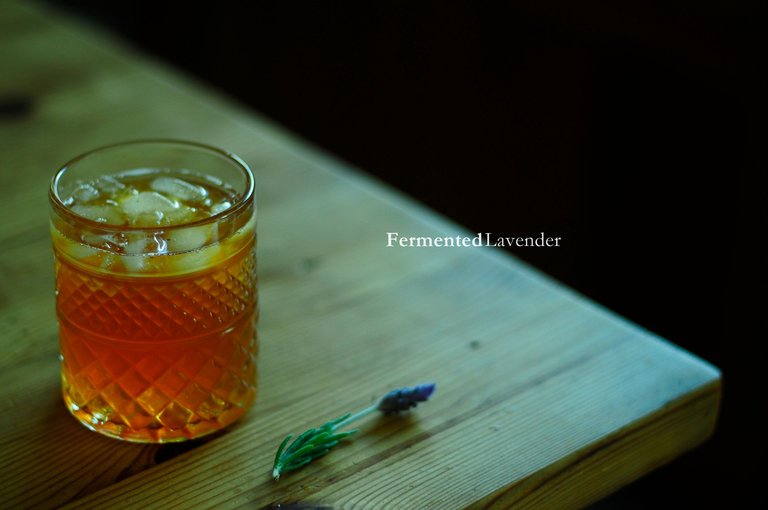
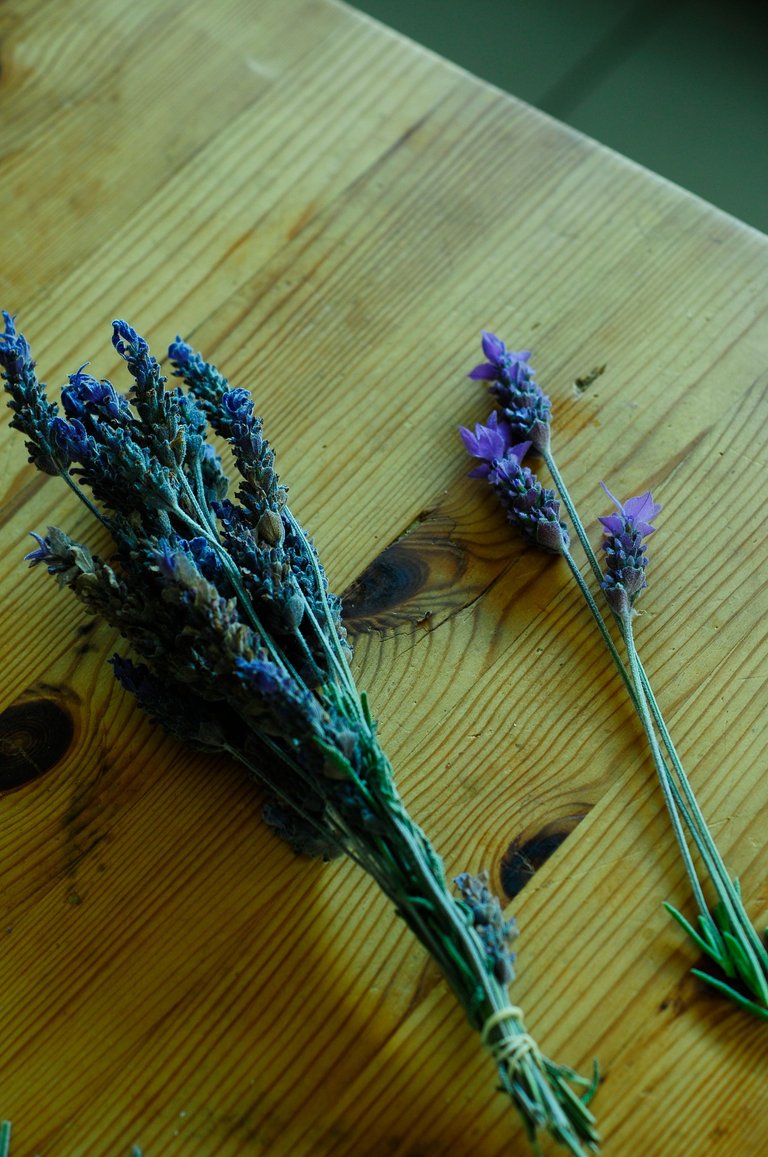
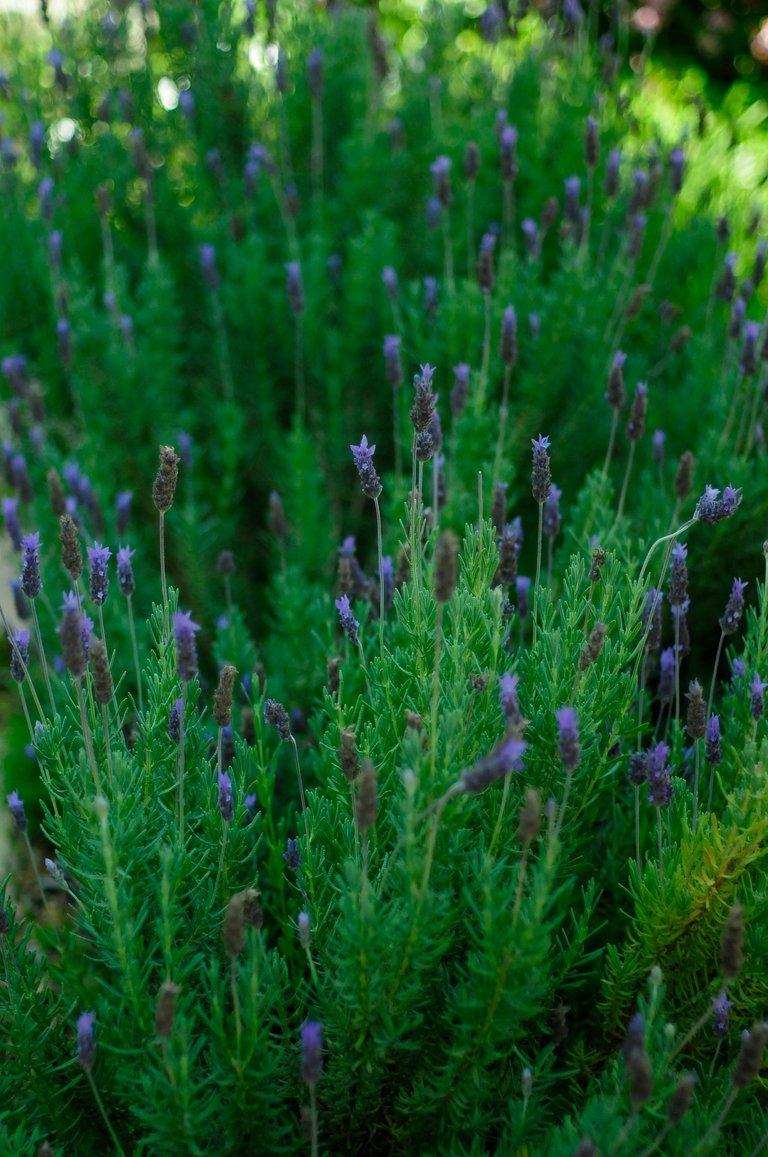


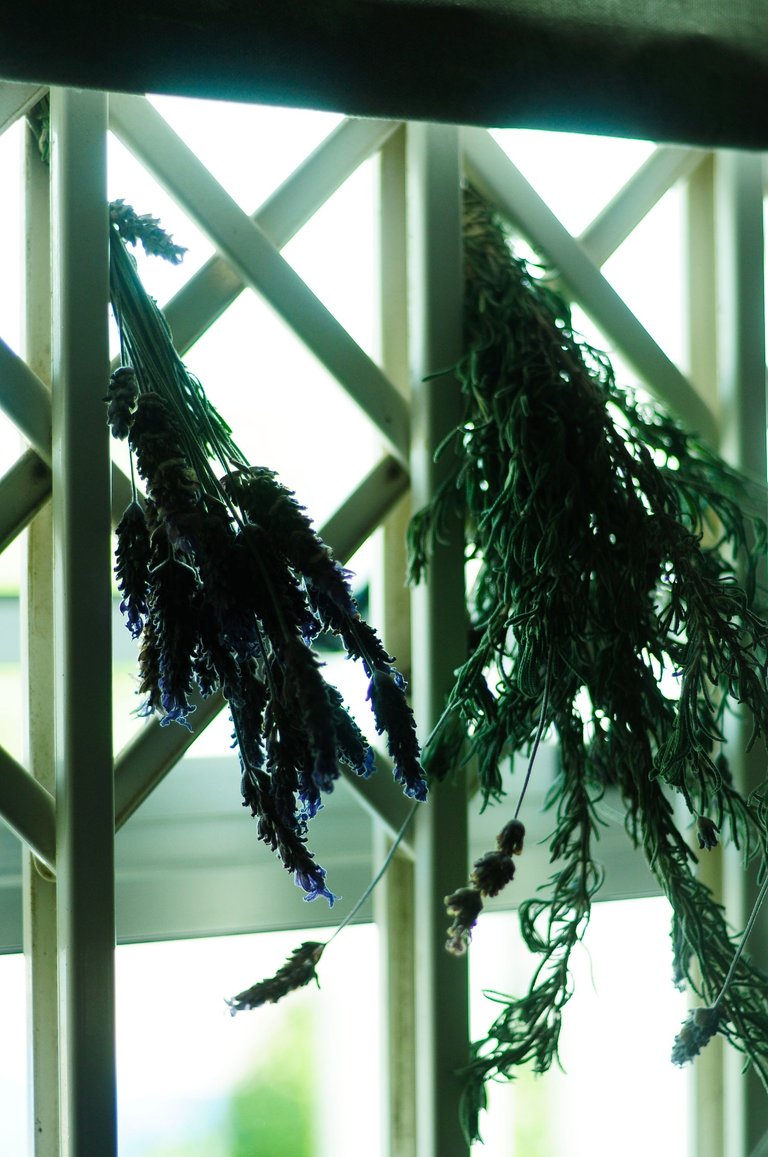

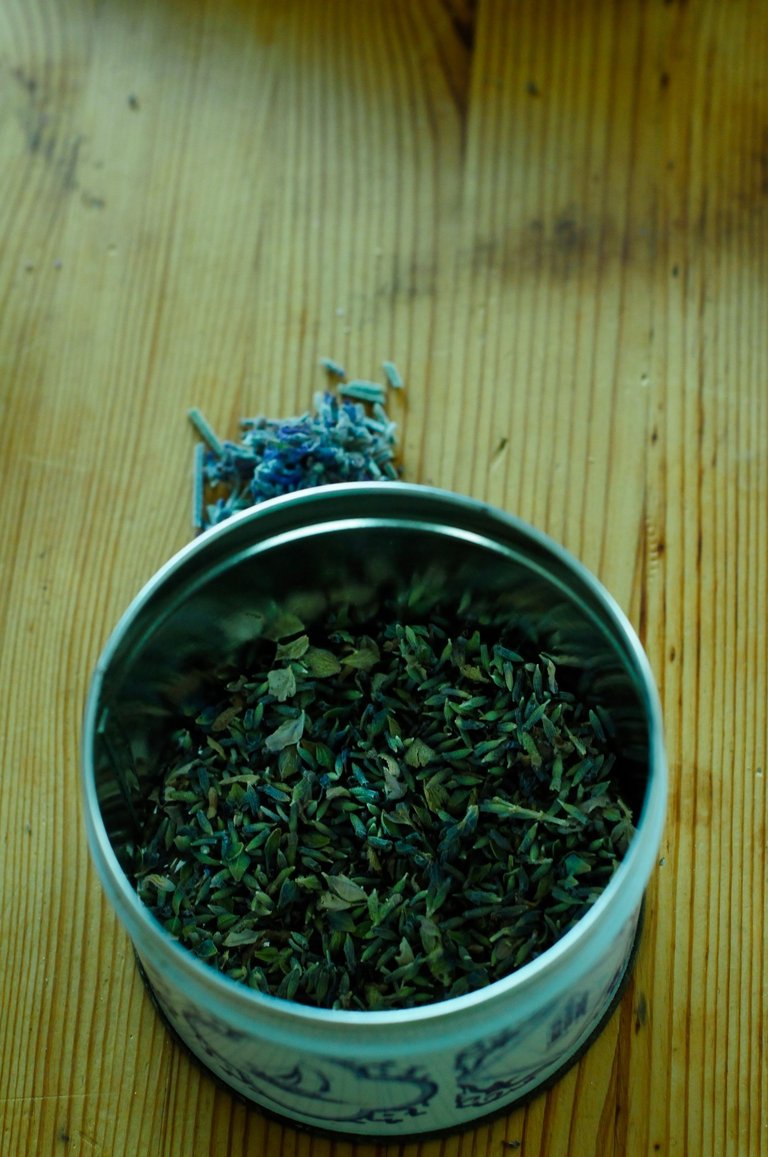
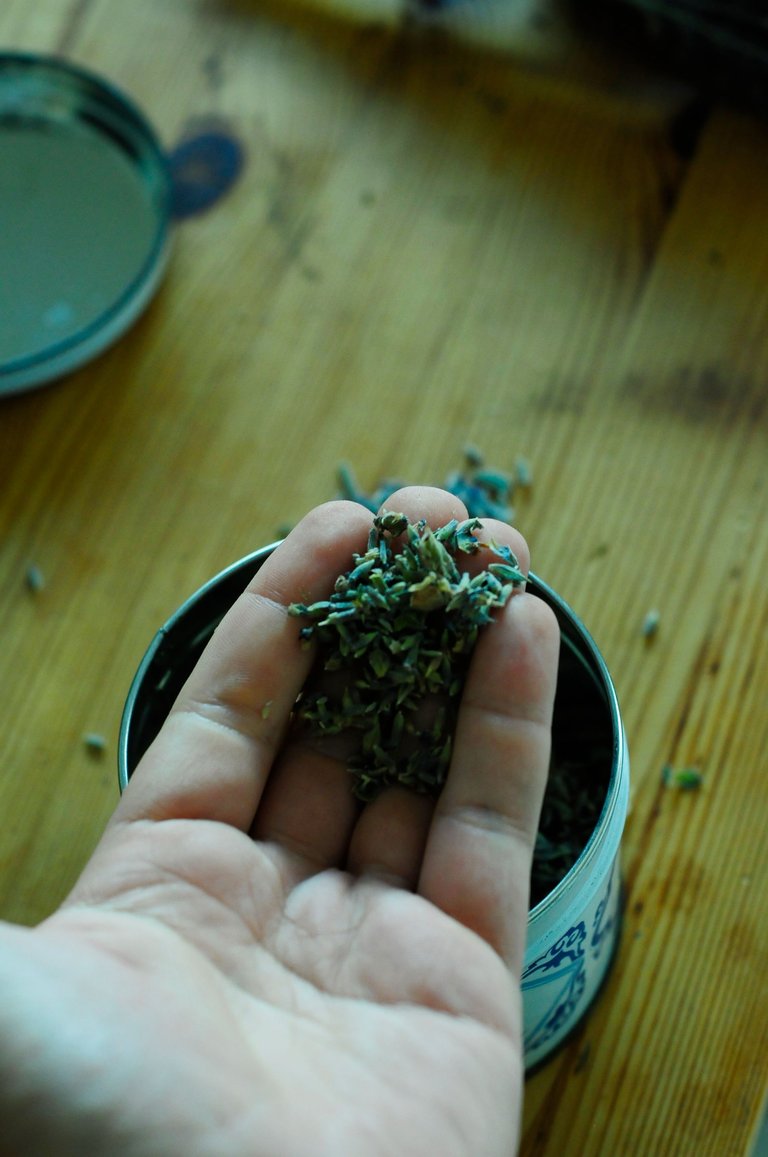
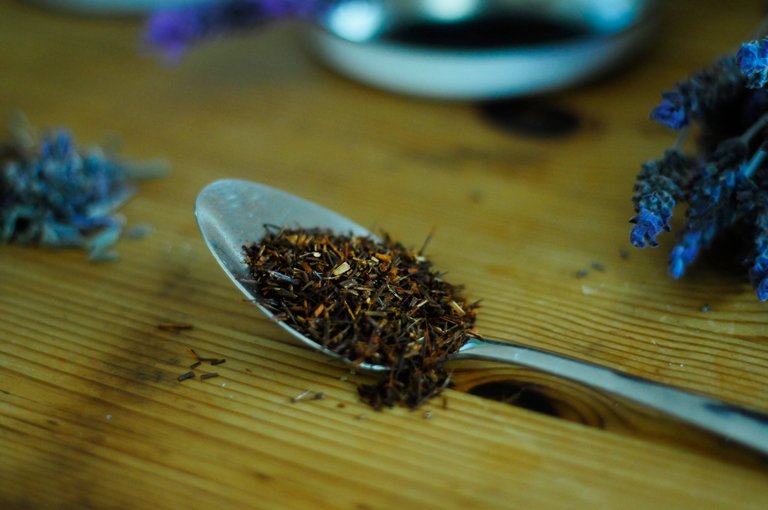
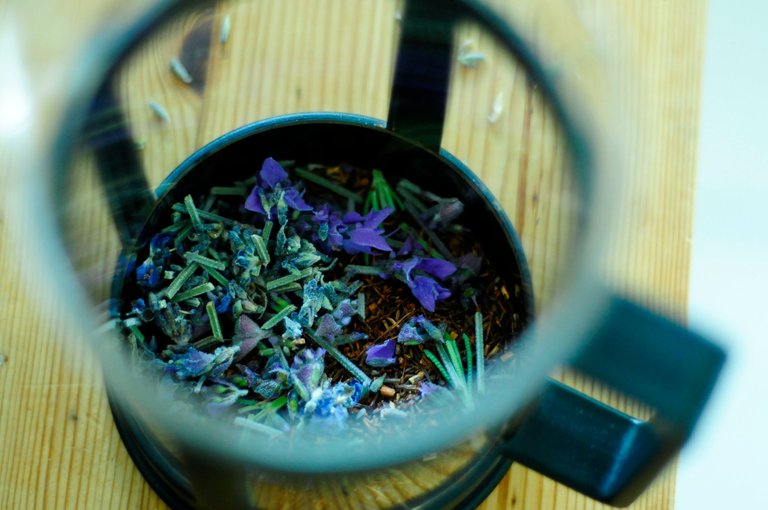
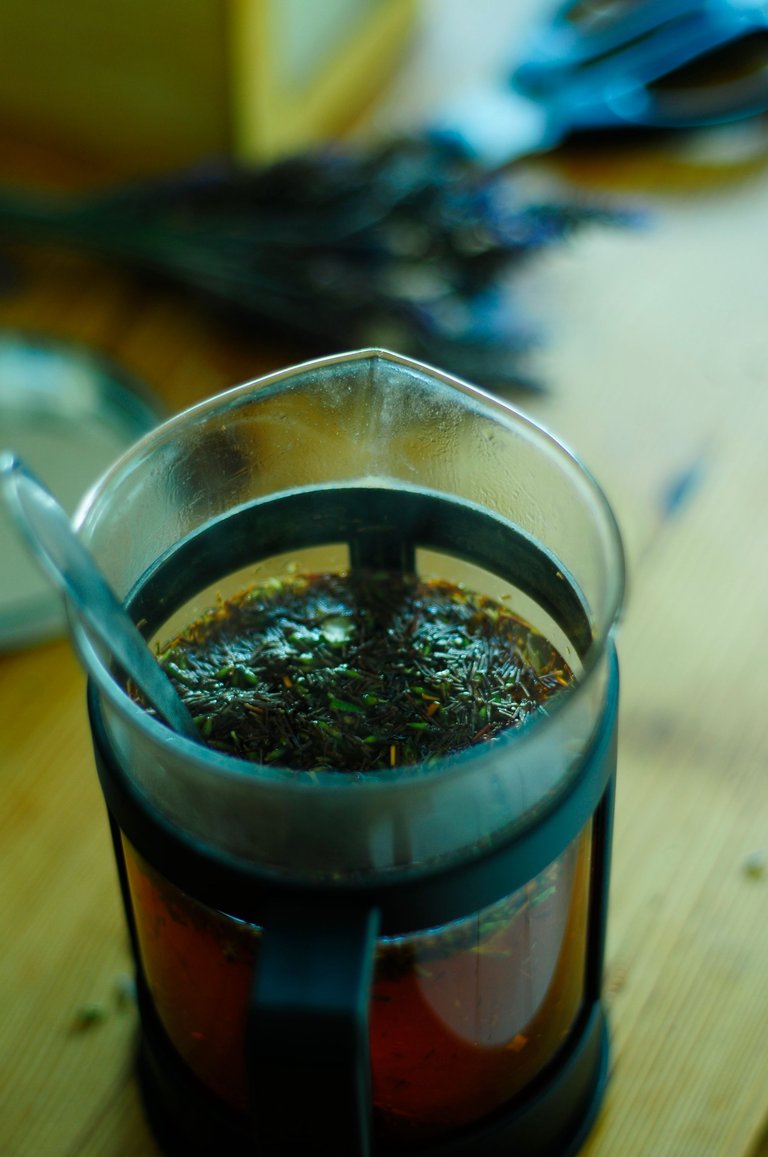
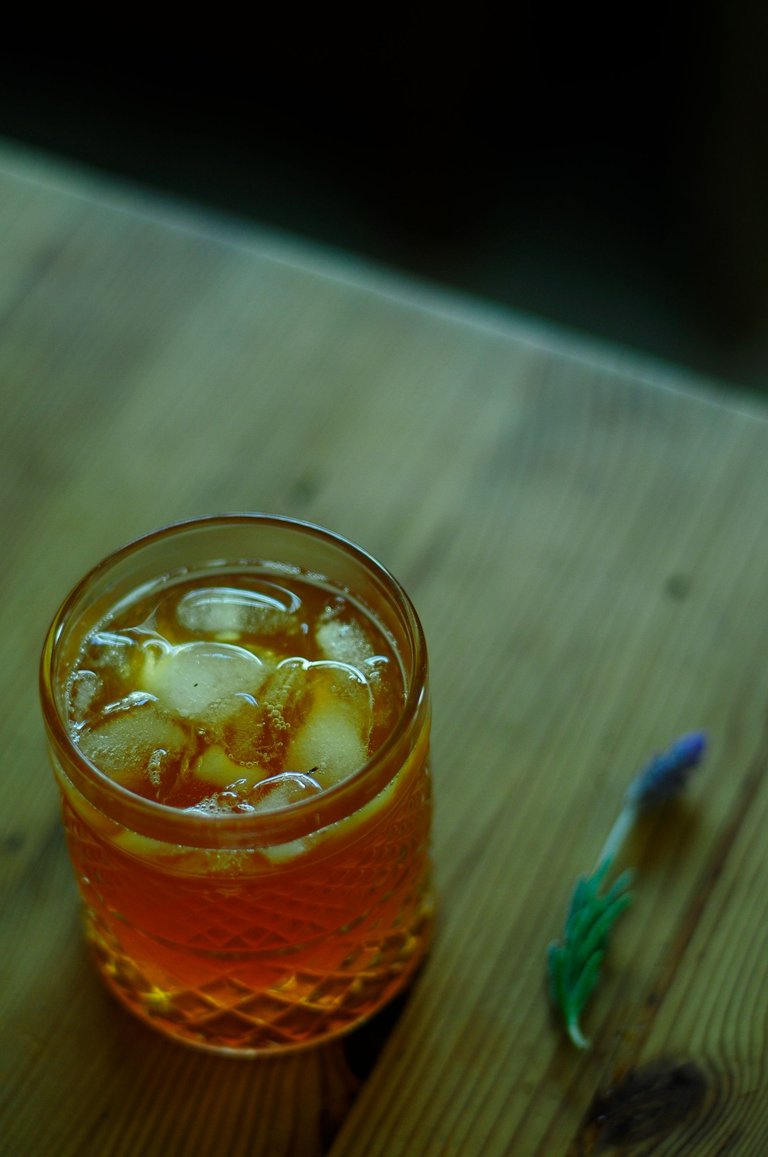
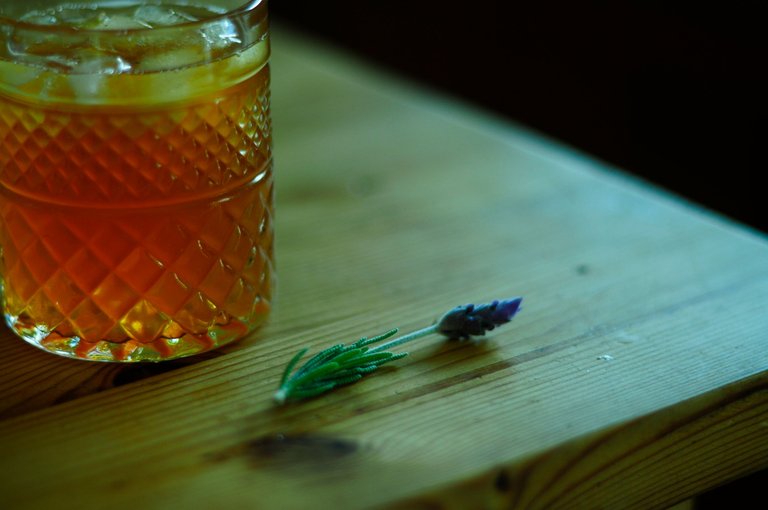
I am always looking for tasty new herbal teas that have healthy benefits, especially caffeine free floral blends to drink in the evening to relax. A wonderful post and accompanying photographs!
@tipu curate 2
Upvoted 👌 (Mana: 55/75) Liquid rewards.
Thank you so much, I appreciate it! Rooibos tea is naturally caffeine-free and full of anti-oxidants. There are some studies that show its health properties. I usually add various other flowers and herbs to it, as in this case the lavender flowers!
Congratulations @fermentedphil! You have completed the following achievement on the Hive blockchain And have been rewarded with New badge(s)
You can view your badges on your board and compare yourself to others in the Ranking
If you no longer want to receive notifications, reply to this comment with the word
STOPCheck out our last posts:
Oh I am so sad that I missed this post when it was new. It was very interesting to learn the meaning of rooibos tea! I believe that lavender comes from the latin word for "to wash" which must be something similar to lavar (to wash in spanish). I really love lavender tea and make my own, I also make little herb sachets to give as gifts and put inside backpacks or suitcases so that the contents always have a relaxing smell.
Thank you so much for the visit! Thanks also for that, it is really interesting the "to wash" element to the herb. I think I need to make some more for myself this week, as it was a highly stressful one! I need some relaxing tea. And the little sachets are a wonderful idea! I might just do it as well! Thanks so much.